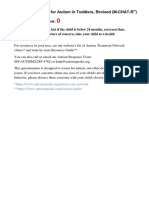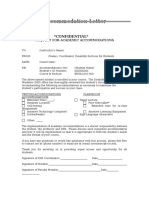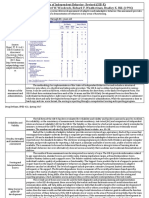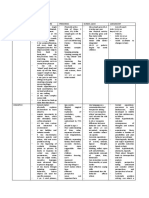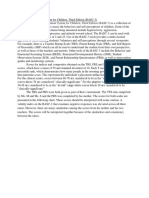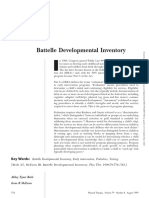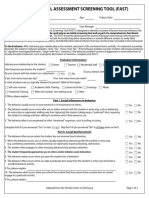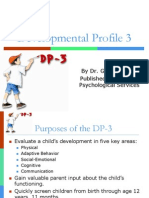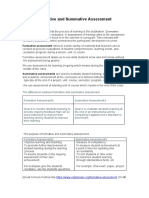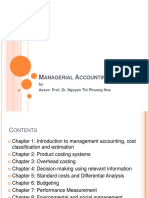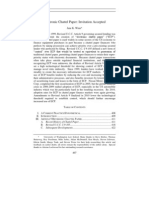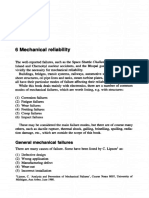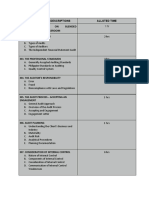0% found this document useful (0 votes)
1K views5 pagesIntroduction To DP 4
The Developmental Profile 4 (DP-4) is an assessment tool for evaluating the development of individuals from birth to 21 years, focusing on five key areas: Physical, Adaptive Behavior, Social-Emotional, Cognitive, and Communication. This revised version of the DP-3 includes new forms for teachers and clinicians, updated normative data, and growth scores for tracking progress. The DP-4 is designed to identify developmental delays and can be utilized in various settings, including schools and clinics, to inform intervention and educational planning.
Uploaded by
rabia jahanCopyright
© © All Rights Reserved
We take content rights seriously. If you suspect this is your content, claim it here.
Available Formats
Download as PDF, TXT or read online on Scribd
0% found this document useful (0 votes)
1K views5 pagesIntroduction To DP 4
The Developmental Profile 4 (DP-4) is an assessment tool for evaluating the development of individuals from birth to 21 years, focusing on five key areas: Physical, Adaptive Behavior, Social-Emotional, Cognitive, and Communication. This revised version of the DP-3 includes new forms for teachers and clinicians, updated normative data, and growth scores for tracking progress. The DP-4 is designed to identify developmental delays and can be utilized in various settings, including schools and clinics, to inform intervention and educational planning.
Uploaded by
rabia jahanCopyright
© © All Rights Reserved
We take content rights seriously. If you suspect this is your content, claim it here.
Available Formats
Download as PDF, TXT or read online on Scribd
/ 5















